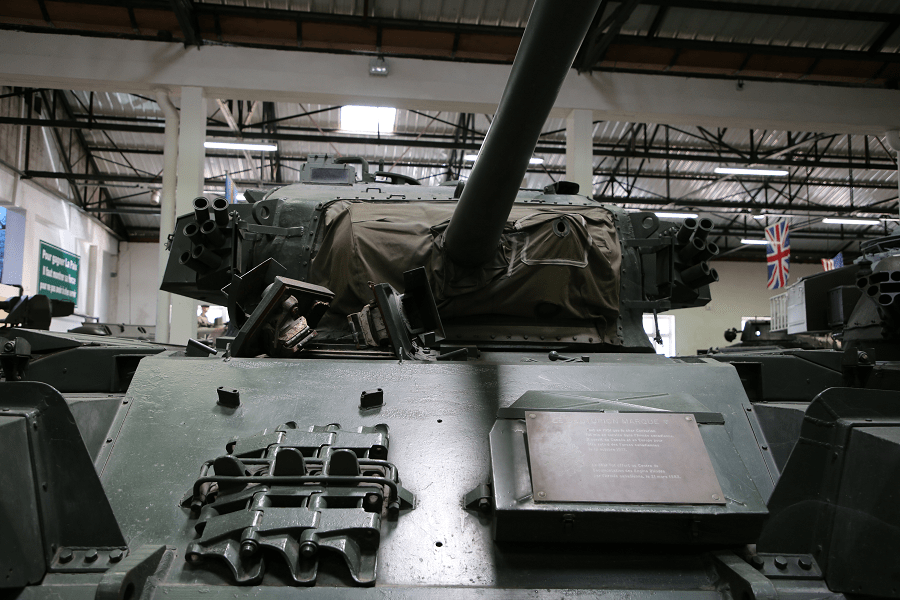The Centurion was the primary British Army main battle tank of the post-World War II period. Introduced in 1945, it is widely considered to be one of the most successful post-War tank designs, remaining in production into the 1960s, and seeing combat into the 1980s.
The chassis was adapted for several other roles, and these variants have remained in service. It was a very popular tank with good armour, mobility, and a powerful main armament.
Development of the Centurion began in 1943 with manufacture beginning in January 1945. Six prototypes arrived in Belgium less than a month after the war in Europe ended in May 1945. It entered combat with the British Army in the Korean War in 1950 in support of the UN forces. The Centurion later served on the Indian side in the Indo-Pakistani War of 1965, where it fought against US-supplied M47 and M48 Patton tanks, and it served with the Royal Australian Armoured Corps in the Vietnam War.
Israel’s army used Centurions in the 1967 Six-Day War, the 1973 Yom Kippur War, the 1978 South Lebanon conflict, and the 1982 Lebanon War. Centurions modified as armoured personnel carriers were used in Gaza, the West Bank and on the Lebanese border. The Royal Jordanian Land Force used Centurions, first in 1970 to fend off a Syrian incursion within its borders during the Black September events and later in the Golan Heights in 1973. South Africa deployed its Centurions in Angola during the South African Border War.
The Centurion became one of the most widely used tank designs, equipping dozens of armies around the world, with some in service until the 1990s. In the 2006 Israel–Lebanon conflict the Israel Defense Forces employed modified Centurions as armoured personnel carriers and combat engineering vehicles. The South African National Defence Force still employs over 170 Centurions, which were modernised in the 1980s and 2000s as the Olifant (elephant).
Between 1946 and 1962, 4,423 Centurions were produced, consisting of 13 basic marks and numerous variants. In the British Army it was replaced by the Chieftain and Conqueror tanks.
Engine: Rolls-Royce Meteor 4B 650 hp (480 kW) at 2550rpm.













